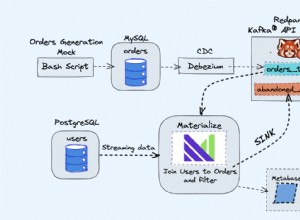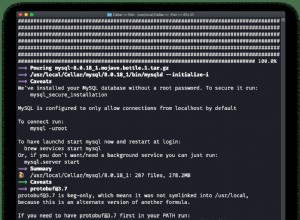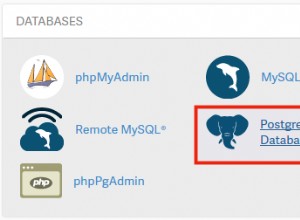Puoi utilizzare le transazioni, se il motore che utilizzi lo supporta (InnoDB, BDB).
Vedi http://dev.mysql.com/doc/refman/ 5.0/en/commit.html per esempi.
Modifica:rapido esempio utilizzando mysqli :
$connection->autocommit(FALSE); // disable auto-commit and start a new transaction
$result = $connection->query("INSERT INTO `table` VALUES (1,2,3)");
$result &= $connection->query("UPDATE `otherTable` SET `val1`=1 WHERE `id`=$idOfInsert");
if (!$result) {
// One of the queries has failed: cancel the transaction
$connection->rollback();
} else {
// Both queries worked:commit the current transaction
$connection->commit();
}
$connection->autocommit(TRUE); // enable auto-commit
Potresti voler ottimizzare le query (cioè non eseguire la seconda se la prima ha fallito, utilizzare istruzioni preparate, ...)




